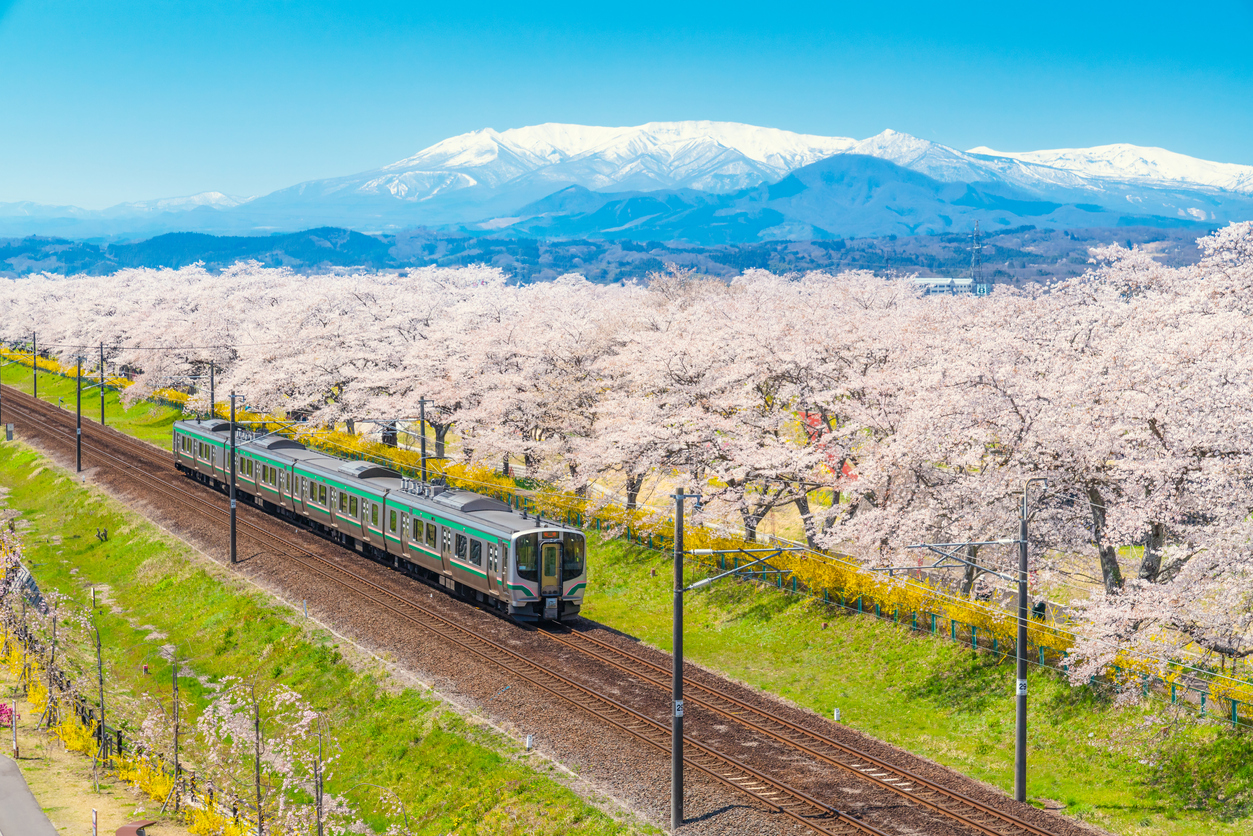2024/03/25
13 Years Since the Great East Japan Earthquake; Lessons to be Conveyed and Passed on to the Future Generations

At 14:46 on March 11, 2024, 13 years since the Great East Japan Earthquake that claimed over 15,000 lives, people in the affected areas and throughout Japan prayed for the repose of the souls of those who lost their lives. There are still 2,520 persons missing and more than 3,000 disaster-related deaths. The Declaration of Nuclear Emergency remains in effect, and 29,328 people mostly in Fukushima have been in evacuation as of February 1, 2024.
Restoration of public infrastructures and reconstruction and preparation of public housing for disaster victims have already been completed. The shipment value of manufactured goods in Iwate, Miyagi, and Fukushima also recovered to the level before the earthquake. Moreover, the “Fukushima Innovation Coast Framework” to restore the industry in the Hamadori and neighboring areas is also progressing. The operation of “NanoTerasu,” a next-generation synchrotron radiation facility in Sendai, Miyagi, for which we, Yano Research Institute Ltd., have contributed to the promotion even slightly, will also begin. The formation of a new industrial base with a concentration of advanced technologies is now expected.
On the other hand, the situation of recovery and revitalization of the areas affected by the nuclear disaster remains tough. Although the areas where the evacuation order has been lifted are gradually expanding, the number of evacuees returning to their homes is lower than expected. The ratio of the areas that have resumed farming in the 12 municipalities affected by the nuclear disaster is 46% of the level before the earthquake as of the end of FY2022. Furthermore, the landings in the coastal fishery and the aquaculture industry in Fukushima remain at 22% as of 2022. The rate of decline in the working-age population, who are supposed to play key roles in the revitalization of their hometowns, is significantly higher than the national average. The aging population is also becoming more serious.
The passing on of the memories of the disaster to future generations, revitalization of local communities, and recovery of affected peoples’ hearts are all still in progress, and the real situation of the disaster that still continues and the remaining challenges will be common to natural disasters that are likely to occur in the future. The same is true for efforts to settle the nuclear disaster that will be taken over by several future generations. On February 29, 2024, four new monuments in four municipalities were added to the “Natural Disaster Monuments” provided by the Geospatial Information Authority of Japan, bringing the total to 2,085 monuments in 598 municipalities nationwide1. Right in front of our eyes, the disaster is still ongoing in the Noto Peninsula. Once again, I want to recall the shock I felt on “that day” in 2011 that completely rocked my old customs and review how I have spent time over this 13 years.
1: “Natural Disaster Monuments” across Japan that tell of past natural disaster damage provided by the Geospatial Information Authority of Japan:
*The report released on March 31, 2011, titled “The Economic Recovery Process after the Great East Japan Earthquake and Its Impact on Major Industries,” is available free of charge.
If you would like to receive a copy, please request through our website.
When submitting your request, kindly specify in the ‘Message’ field that you would like to receive the report titled “The Economic Recovery Process after the Great East Japan Earthquake and Its Impact on Major Industries.” We will provide you with the material in the order of requests received.
Please click here to submit your request.
This Week’s Focus, March 15
Takashi Mizukoshi, the President